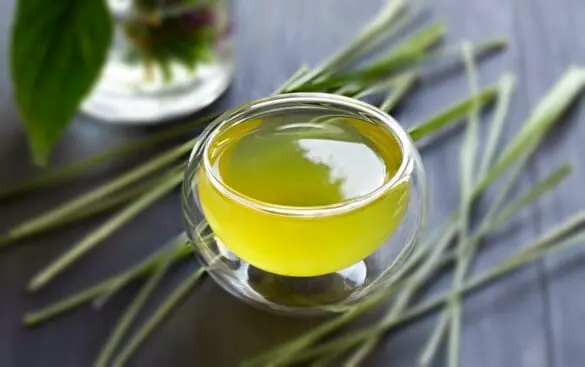
Easy Clove Growing: Seed to Spice

Growing a clove plant from cloves is a rewarding yet patient process that involves several essential steps—from germinating the seeds to planting and caring for the young plants. While cloves are most commonly known as a spice, they are actually the dried flower buds of the Syzygium aromaticum tree. If you're interested in growing your own clove tree, here’s a comprehensive and expanded guide to get you started.
1. Germinating Clove Seeds
Materials You’ll Need:
-
Fresh, healthy clove seeds (not dried cooking cloves)
-
Small pots or seed trays
-
Well-draining potting soil
-
Warm water
-
Plastic wrap or a transparent humidity dome
-
Spray bottle (optional)
Steps to Germinate Clove Seeds:
Step 1: Selecting Viable Clove Seeds
Start by choosing fresh, plump, and undamaged clove seeds. It's important to note that cloves sold as a spice are usually dried and will not germinate. Fresh seeds are typically available from nurseries or tropical plant suppliers.
Step 2: Soaking the Seeds
Soak the clove seeds in warm water for 24 hours. This softens the seed coat and encourages faster germination by initiating internal processes.
Step 3: Preparing the Pots or Trays
Fill small pots or seed trays with a well-draining potting mix. Coconut coir mixed with perlite or sand is ideal, as it provides both moisture retention and drainage.
Step 4: Planting the Seeds
Plant each soaked seed about 1 inch (2.5 cm) deep into the soil. If using trays, space the seeds at least 2 inches apart to allow root growth.
Step 5: Creating a Greenhouse Effect
Cover the pots or trays with plastic wrap, a clear plastic lid, or place them inside a propagator to maintain humidity and warmth. This mimics tropical conditions where clove trees naturally thrive.
Step 6: Providing Optimal Conditions
Place the covered containers in a warm area with indirect sunlight. Keep the soil consistently moist—never soggy—by misting with a spray bottle or gently watering.
Step 7: Germination Period
Clove seeds can take anywhere from 2 to 6 weeks to sprout. Be patient and avoid uncovering them too soon. Once the seedlings begin to emerge, remove the cover to improve air circulation and reduce the risk of mold.
2. Transplanting Clove Seedlings
Materials Needed:
-
Larger pots with good drainage holes
-
Rich, well-aerated potting mix
-
Organic or balanced slow-release fertilizer
Steps to Transplant:
Step 1: Wait for Strong Seedlings
Only transplant when the seedlings have at least two sets of true leaves and appear strong enough to handle the move.
Step 2: Prepare the Growing Containers
Fill larger pots with a fertile, well-draining potting mix. You can enrich the soil with compost or organic matter to support growth.
Step 3: Transplant Gently
Carefully transfer the seedlings into the new pots without disturbing their delicate roots. Water immediately after transplanting to help them settle.
Step 4: Fertilization
Feed the young plants with a diluted organic fertilizer or a balanced slow-release formula every few weeks during the growing season.
3. Caring for Clove Plants
Clove trees are native to tropical climates and require consistent warmth, humidity, and gentle care to thrive.
Light and Temperature
Clove plants prefer partial shade and do best in warm, humid conditions. Ideal temperatures range from 60°F to 90°F (15°C to 32°C). Avoid exposing the plant to frost or sudden temperature drops.
Watering Routine
Maintain moist—but not soggy—soil. Water thoroughly when the top inch of soil feels dry. Using a moisture meter can help prevent overwatering.
Humidity Requirements
Since clove trees are native to humid environments, it's beneficial to maintain high humidity levels. You can:
-
Mist the plant daily
-
Group plants together
-
Use a pebble tray with water
-
Run a humidifier nearby
Pruning for Shape and Health
Occasional pruning encourages bushier growth and removes any dead or damaged leaves or stems. Use clean, sharp scissors or pruners.
4. Harvesting Cloves
Clove trees are slow-growing and can take at least 6 to 8 years to start flowering and producing cloves. Patience is crucial.
When and How to Harvest:
-
Harvest the flower buds when they turn pink or reddish, just before they open into full flowers.
-
Pick them by hand and spread them out in a shaded, well-ventilated area to dry.
-
Once fully dry, the cloves will turn a dark brown color and are ready for storage or use.
Final Tips and Encouragement
Growing a clove plant from seed is a long-term project that requires dedication, patience, and a tropical-like environment. However, the satisfaction of nurturing a spice-producing tree from seed to harvest is incredibly rewarding. With the right care, your clove plant could one day supply you with your own homegrown cloves!
If you found this guide helpful or inspiring, don’t forget to share it with fellow garden enthusiasts or aspiring growers!
News in the same category

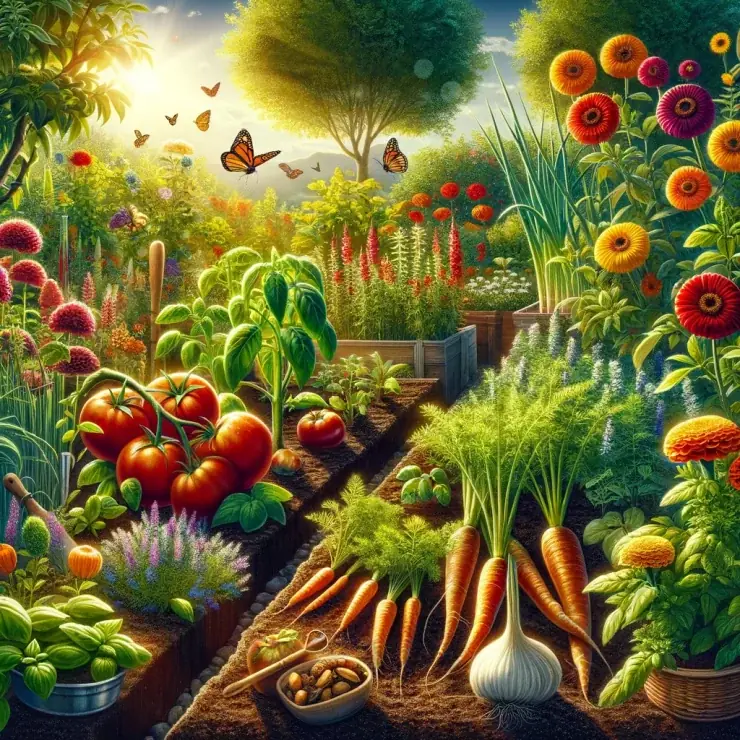
Secrets of Companion.Tomatoes Hate Cucumbers.Planting Combinations.

8 Collagen-Boosting Veggies to Ease Leg and Joint Swelling

Mugwort Plant: Benefits, Properties, and Uses
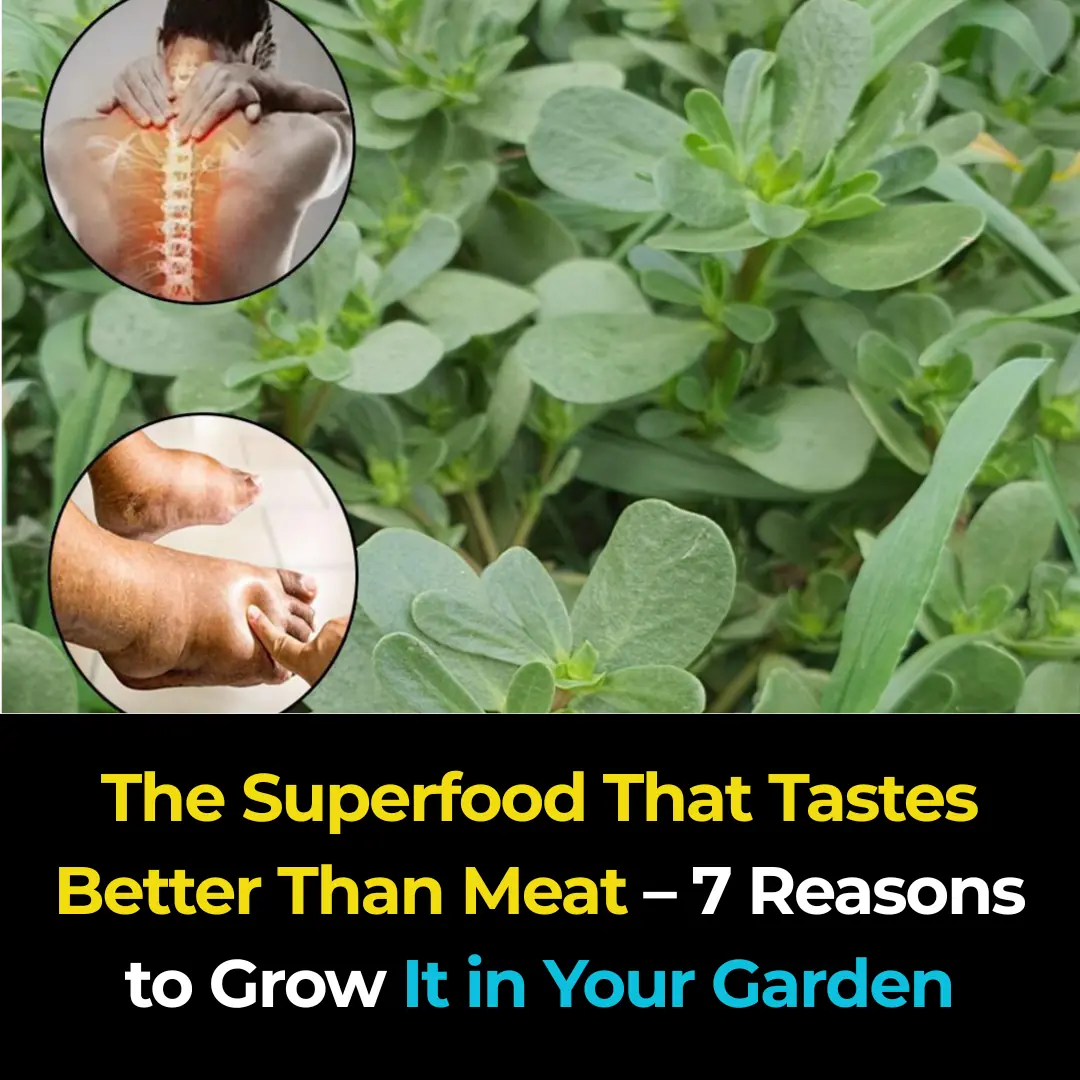
Purslane: The Superfood That Tastes Better Than Meat – 7 Reasons to Grow It in Your Garden

🌿 Oregano: Nature’s Small but Mighty Healer
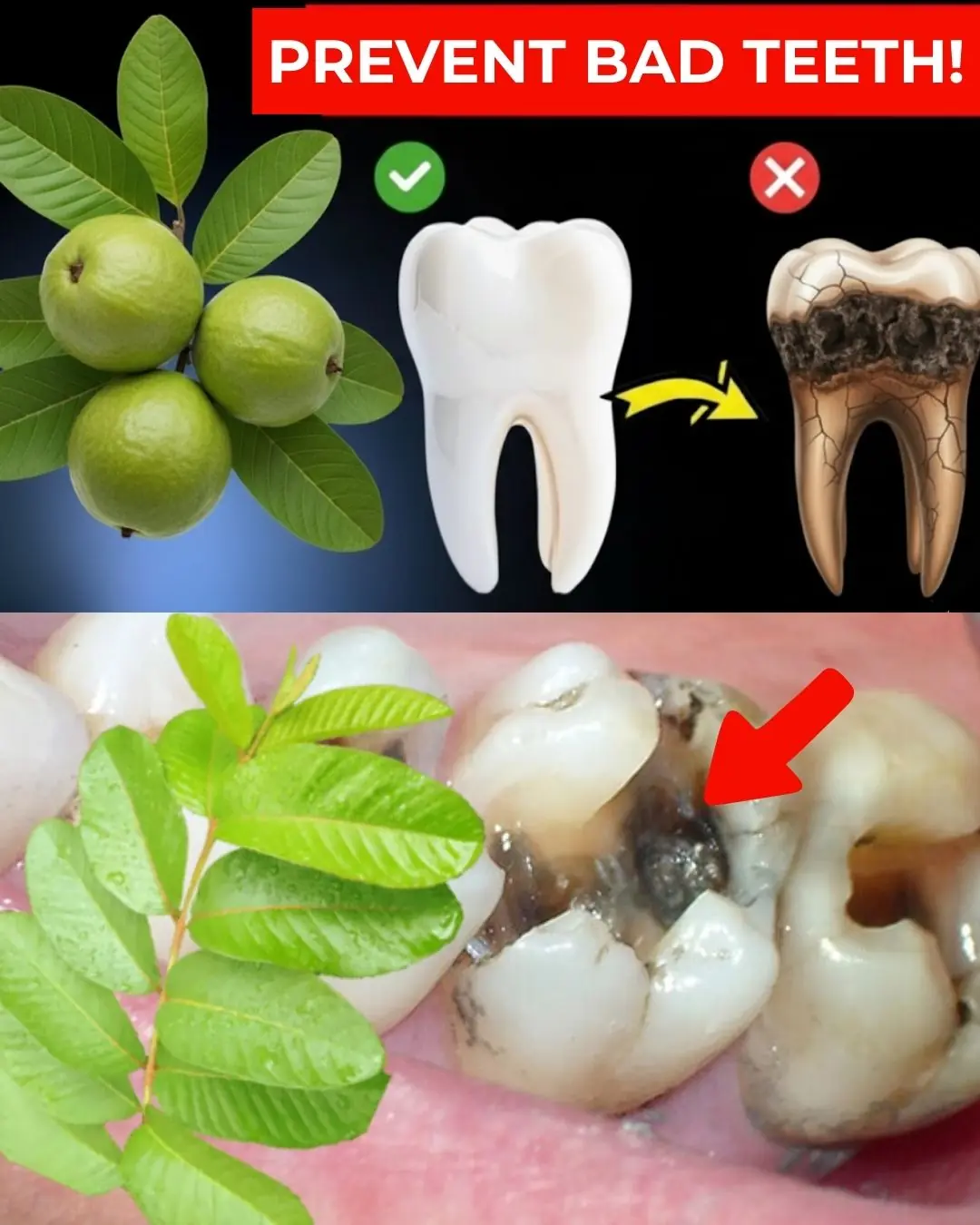
Top 3 Ways to Treat Tooth Decay with Guava Leaves – Simple and Cost-Effective
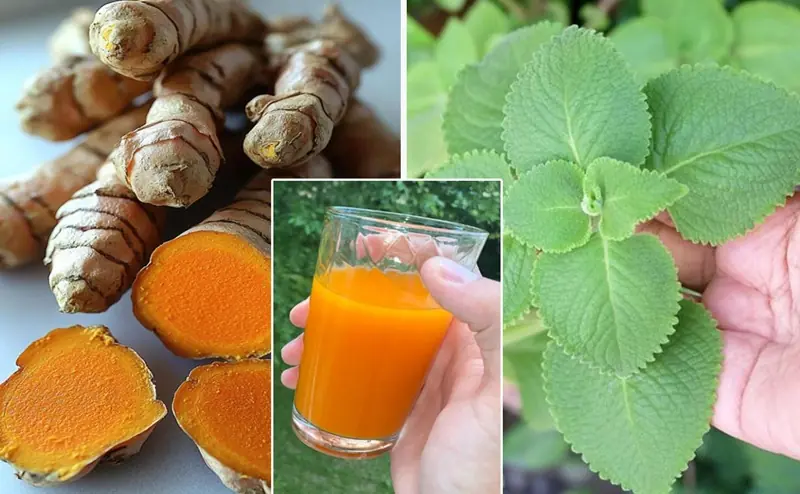
Turmeric, Cuban Oregano, and Banana Drink: Natural Remedy for High Blood Pressure, Diabetes, and Poor Circulation
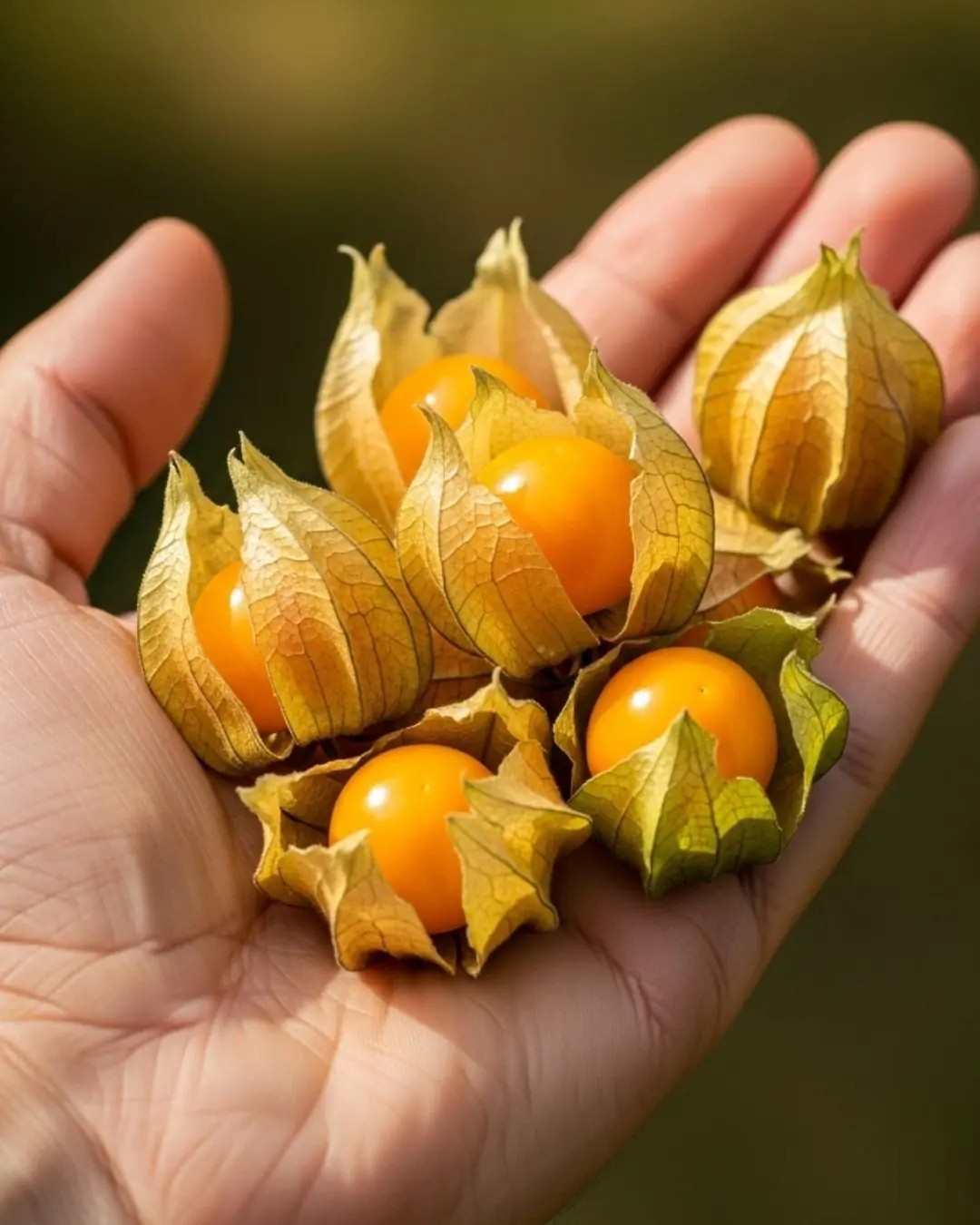
Goldenberry: 17 Powerful Health Benefits for Older Adults.
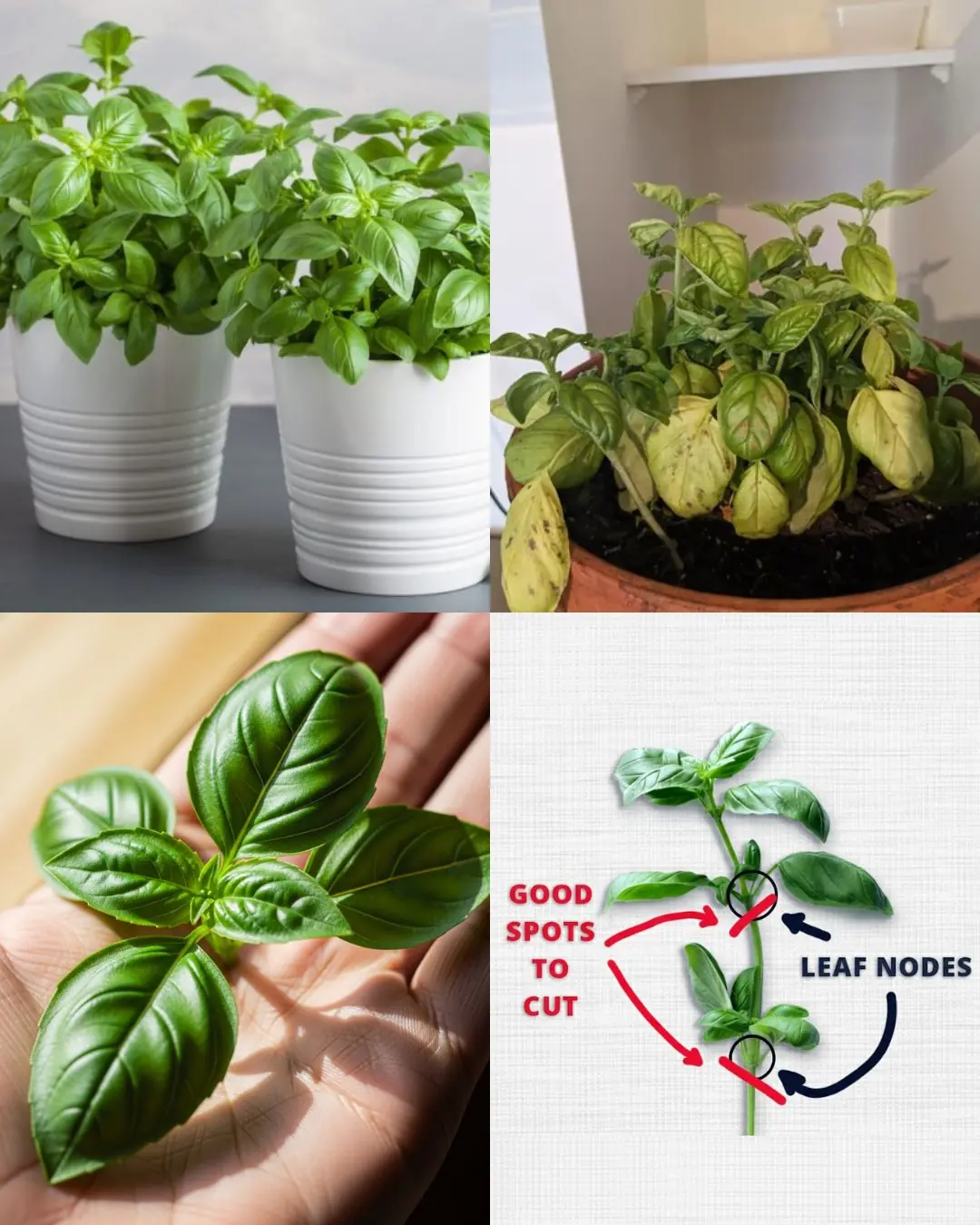
How to Keep Supermarket Basil Alive and Thriving

The Secret Power of Plantago Major that no one knows

Mimosa Pudica: Medicinal Value and Uses
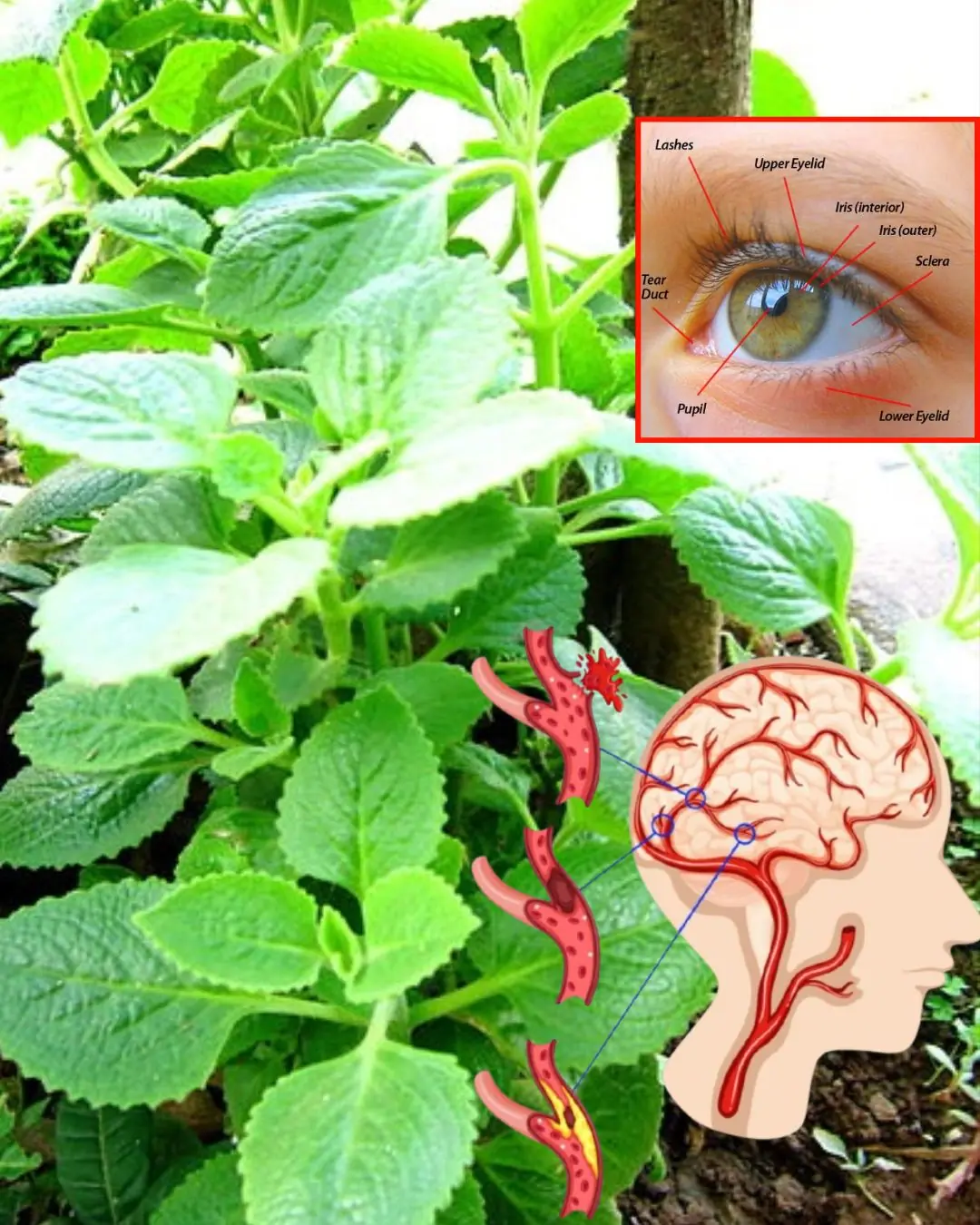
"The best plant for eyesight 👀 and much more… See more in the first comment."
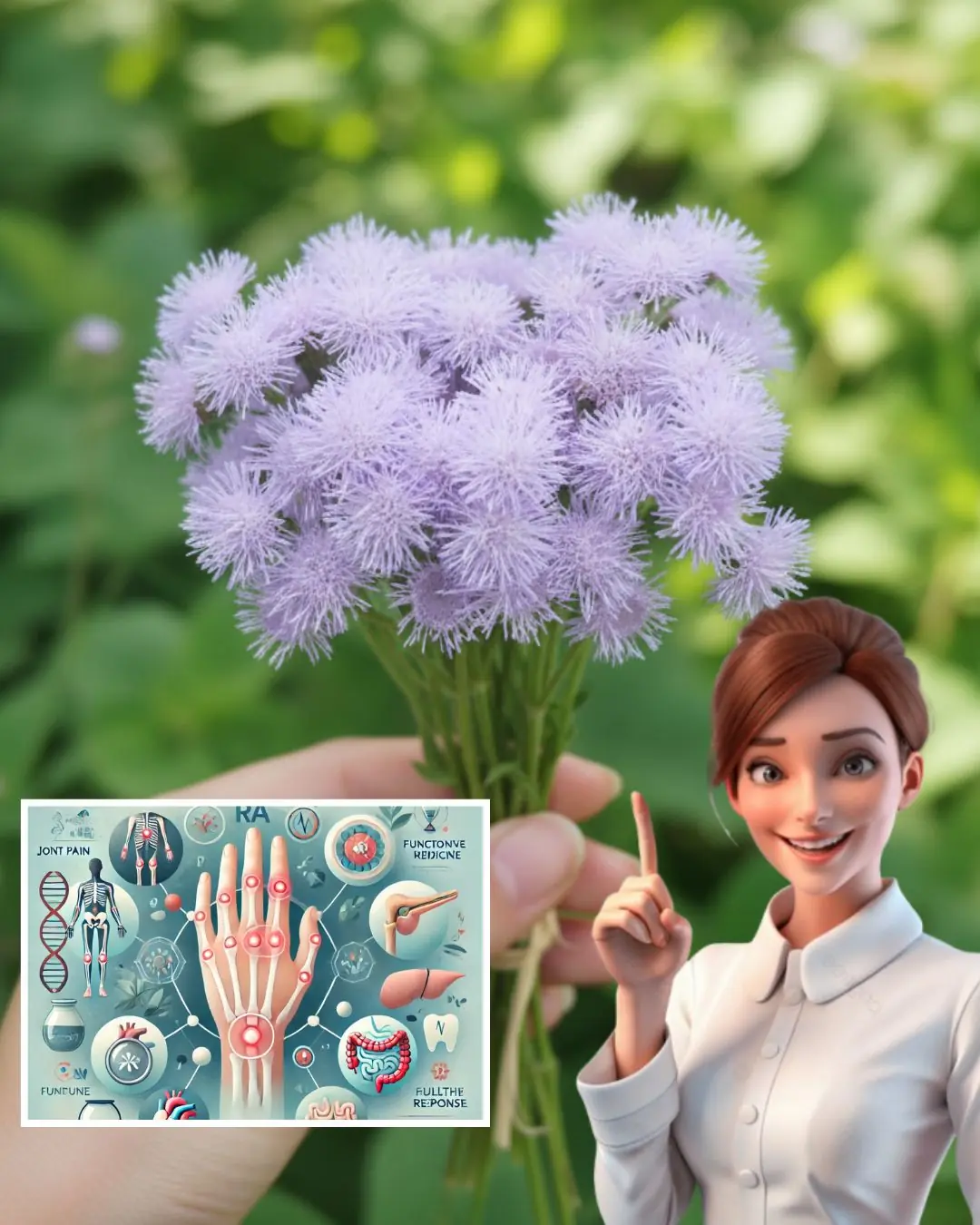
Discover Garden Gold: Dandelion’s Hidden Power

The Power of Chanca Piedra: 10 Benefits and Uses
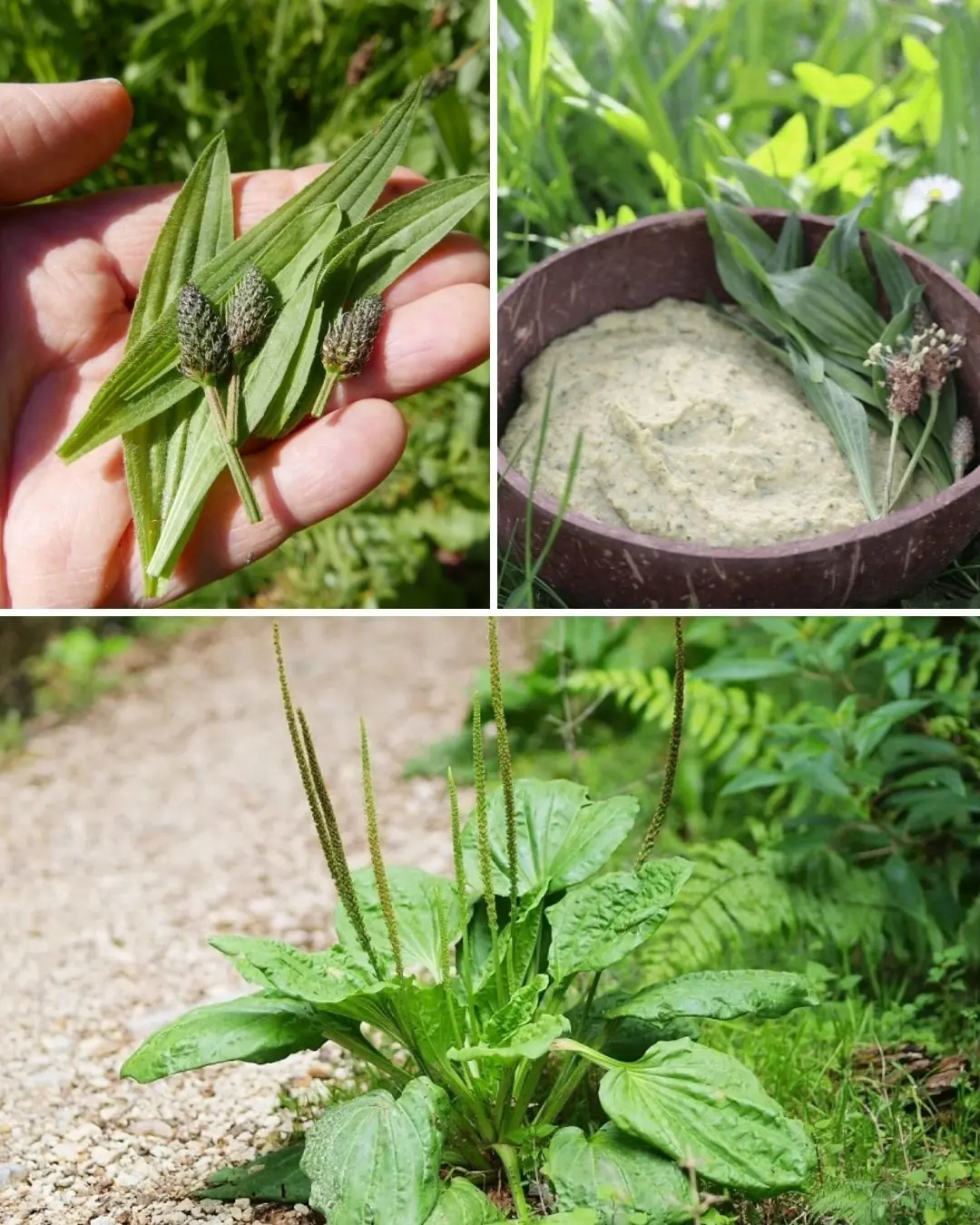
The Incredible Benefits of Plantago lanceolata and How to Use It

Exploring the Health Benefits of Common Mallow: A Nutritional Powerhouse
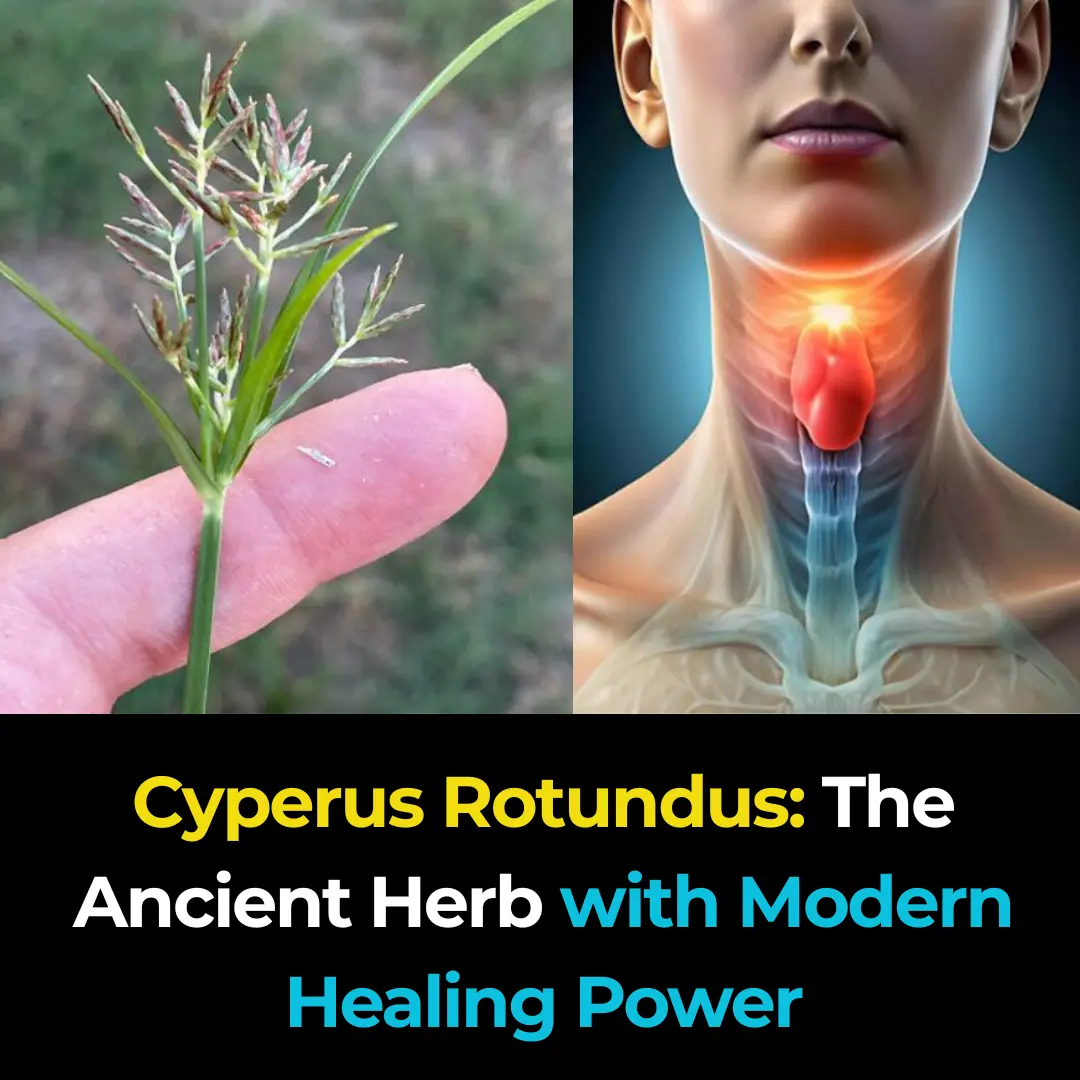
Cyperus Rotundus: The Ancient Herb with Modern Healing Power

2 Cloves a Day Trigger Irreversible Changes in Your Body — Especially After 40
News Post

Research Shows Chocolate Milk is More Effective Than Energy Drinks

10 Warning Signs Your Body Is Full Of Parasites And 7 Foods That Can Help Kill Them

How to Kill the Bacteria Causing Heartburn and Bloating

The Hidden Warning Signs of Iron Deficiency—and How to Fix It

Beat a Sinus Infection Fast with These Natural Remedies

Golden tips for choosing ham: Identify borax with a simple, absolutely safe method
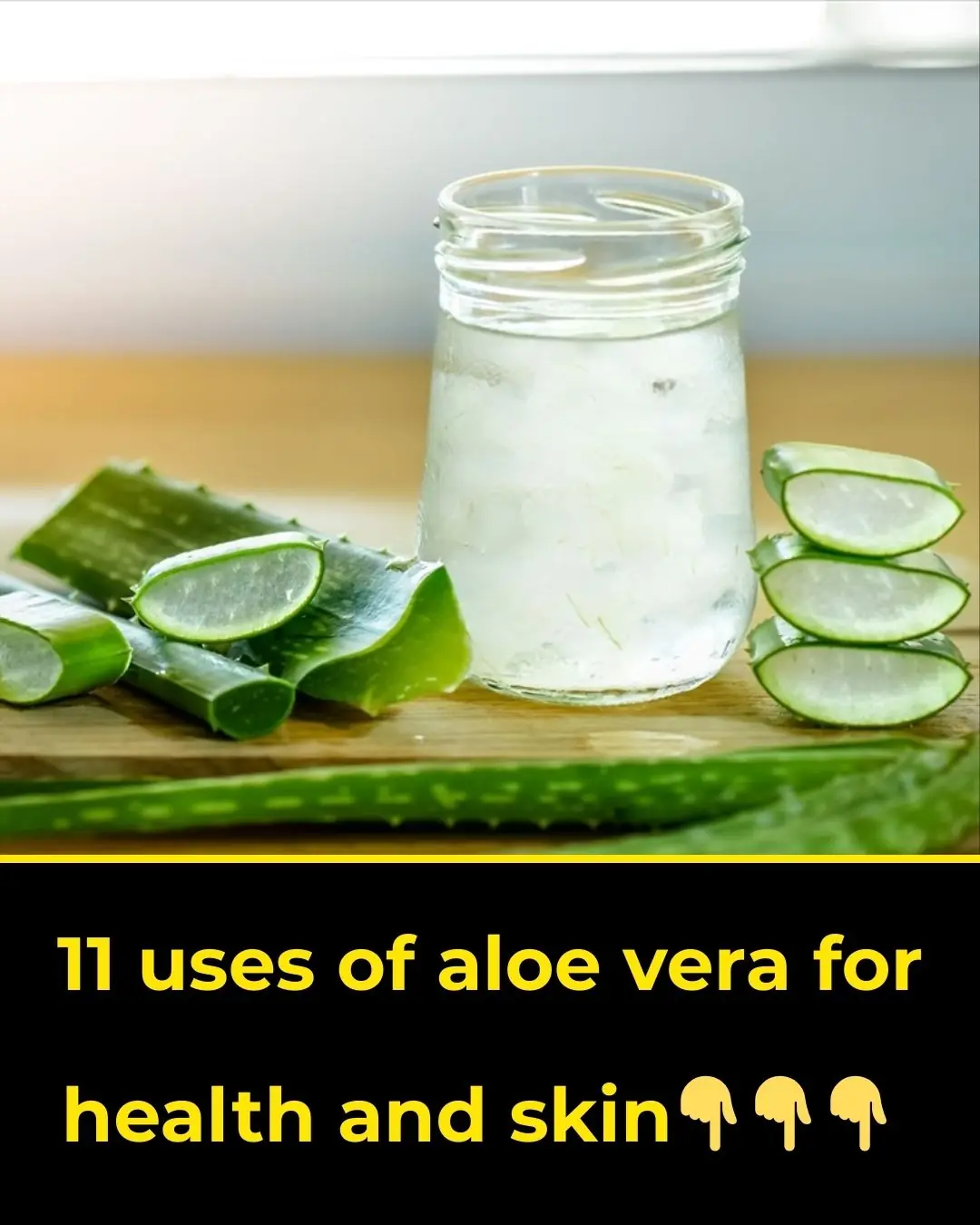
What are the benefits of aloe vera? 11 benefits of aloe vera for health and skin

Smart Travelers Always Photograph Their Luggage Before Checking It In — Here’s Why

The Last Part of the Pig But One of the Most Beneficial

When Goosebumps May Be a Warning Sign

❗Avoid Cloves If You Have These Health Issues – What Doctors Rarely Warn You About

6 Coffee Eye Masks to Get Rid of Dark Circles | Under Eye Wrinkles | Eye bags & Puffy Eyes

What Happens To Your Blood Pressure When You Eat Bananas

Why Your Hands Go Numb While You Sleep

Reason For Spots On Hands

Clove Oil: Wrinkle Free Flawless Skin At Any Age

Here Is What Your Poop Says About Your Health

Secrets of Companion.Tomatoes Hate Cucumbers.Planting Combinations.
